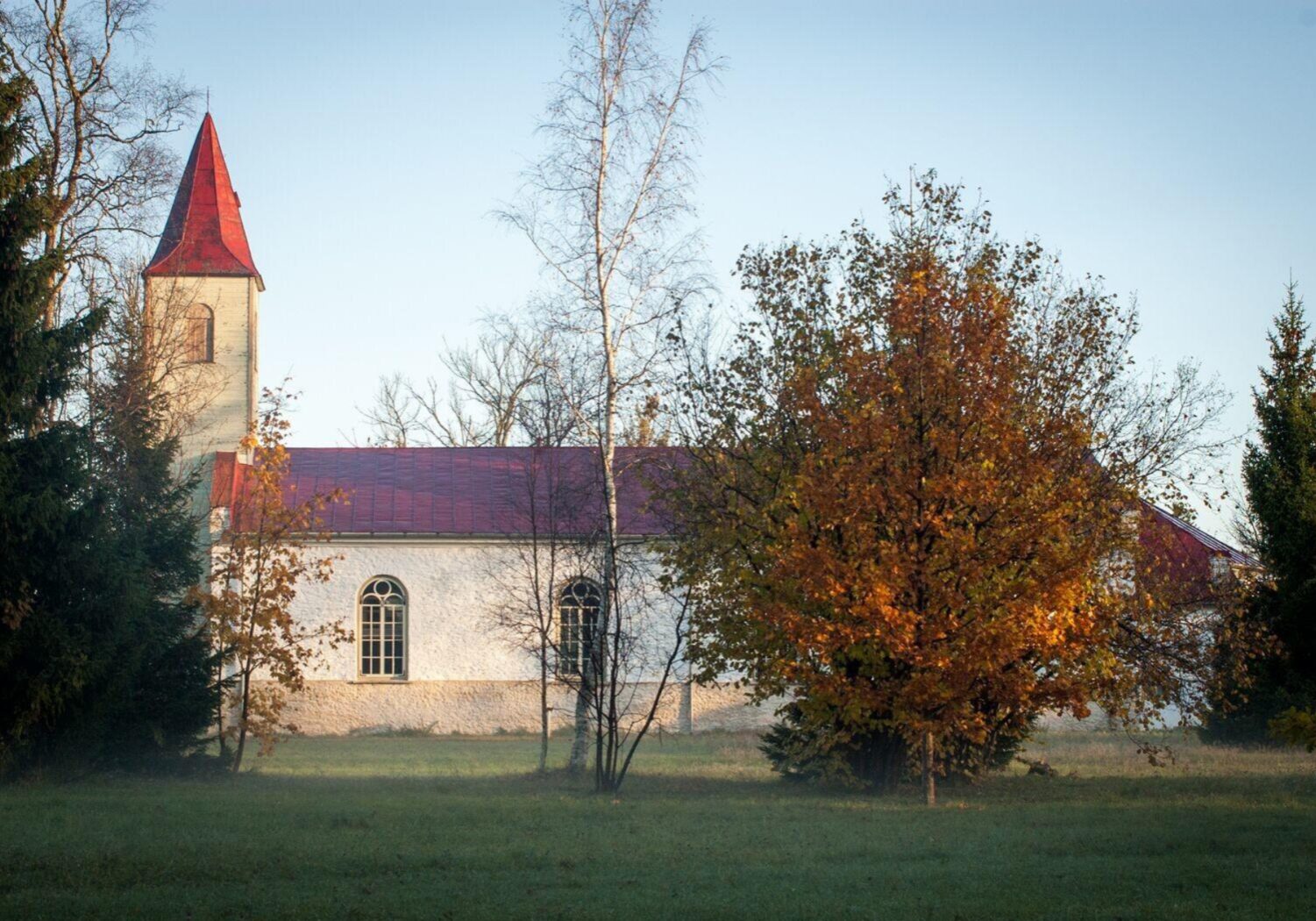Kärdla City Park

The City Park takes up 5.2 ha. The first part of the park was established in the 1860s after the church was finished in a place called Kirikupõllu (Church field). A more thorough tree planting took place in the beginning of the 20th century. The youngest part of the park was planted in the 1970s. Kärdla song festival grounds are located in the City Park. The first song festival in Hiiumaa took place in 1867 in Leigri village in the yard of Murru pub. There is evidence of a children’s party in Lepakopil in Kärdla already from 1874. In 1926 the first national song festival was held in Kärdla. This was conducted by Tuudur Vettik, a composer, choral conductor and music teacher who later became one of the leaders of the Estonian national song festivals.
In the early 20th century, major landscaping works were carried out and new plants added then and again in the 1930s. The newest part of the park was planted in the 1970s. The main species of trees include native ones like black alder, common ash, maple and linden. But represented are also spruces, oaks, willows elms and bushes like hazel, hawthorn, lilac and snowberry. Of alien species, the park features large-leaved lime, like hazel, hawthorn, lilac and snowberry. Of alien species, the park features large-leaved lime, spindletree, blue spruce, European and Russian larch and silver poplar. An interesting feature in the centre of the park is a circle formed of big ashes, where some dead trees have been substituted by new ones. The park has lots of high black alders and ashes standing at about 25 metres. All in all, there are more than 30 species of trees and bushes in the park. Choir singing tradition in Kärdla was established in 1855. In summer, song festivals were held in Lepa- kopli, where a temporary stage was built every year. The beginning of spring was celebrated with a party organized in early May at Kirikupõllu. For the Hiiumaa First Song Day, which took place in 1926, a permanent choir stand was erected in the park. The colour solution of the present choir stand was inspired by the colours of the municipal flag and was designed in 2012, when Kärdla became the Estonian Song Capital.
In front of the Kärdla Church, a monument has been erected to the residents of Hiiumaa who were killed in WWII. The author of the idea of the monument is Hiiumaa-born Otto Mägi and in realising the idea, he was helped by Heino Kerde. The sculptor of the monument is Elo Liiv and its architects are Maris Kerge and Kadri Kerge. The sculpture was modelled after Marek Vainumäe, a young man from Hiiumaa. The monument was erected with the support of the Ministry of Culture, the Ministry of Defence, private persons and organisations. The construction of the monument was coordinated by the Kärdla Town Government and the Hiiumaa Organisation of the Freedom Fighters and Repressed Persons. The monument was completed in 2012.
Gallery
It is a waypoint on the journey
Sorry, this object is not part of any journeys
You might also be interested in:


